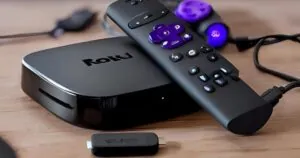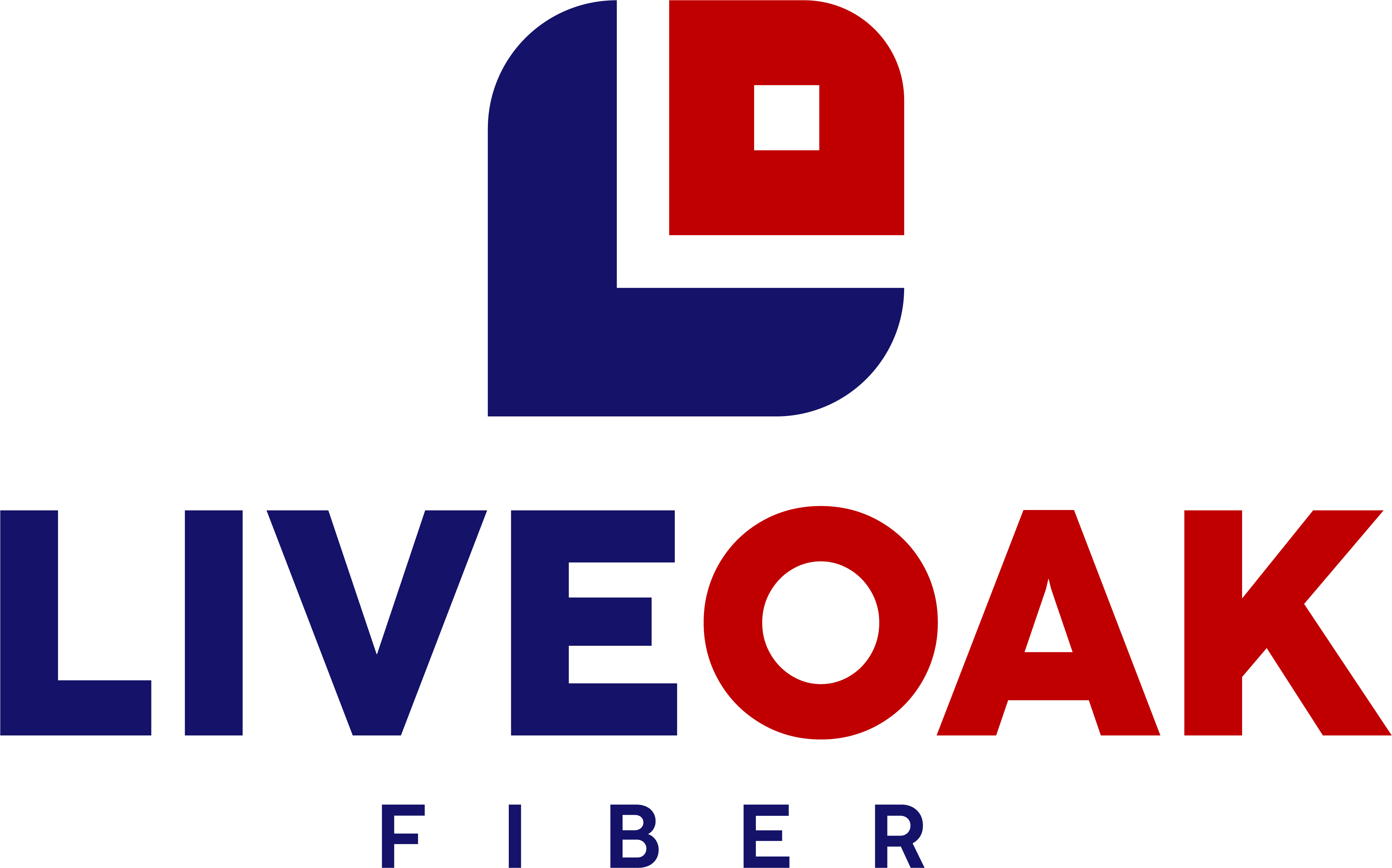Switching to streaming doesn’t mean filling your living room with complicated gadgets. In fact, you may already have everything you need. In most cases, you just need two things:
- A smart TV or a streaming device/stick for each TV you want to watch on.
- A reliable internet connection with enough speed to handle video plus everything else in your home that’s connected.
Let’s break down exactly what that means and how to know if you’re already ready to go.
1. Smart TV vs. Streaming Device/Stick
Smart TV
Think of a smart TV as a TV with the brain of a computer. It connects to the internet and has apps like Netflix, Hulu, or YouTube built in. If you bought your TV in the last few years, there’s a good chance it’s already “smart.”
- Pros:
- No extra device needed
- Fewer cables and remotes
- Apps already built in
- Cons:
- More expensive than a regular TV
- Software updates can slow down over time
- May have fewer app options than dedicated streaming devices
- Price range: $250–$2,000+ depending on size and brand

Streaming Devices/Sticks
If your TV isn’t smart—or if it is but you want a better, faster interface—a streaming device or stick is your best friend. These small gadgets plug into your TV’s HDMI port and connect to your Wi-Fi, giving you instant access to streaming apps.
If your TV isn’t smart—or if it is but you want a better, faster interface—a streaming device or stick is your best friend. These small gadgets plug into your TV’s HDMI port and connect to your Wi-Fi, giving you instant access to streaming apps.
| Device | Price | Pros | Cons |
| Roku | $30–$100 | Very easy to use; Affordable; Huge app selection; Simple remote | Interface less flashy; Voice search basic |
| Amazon Fire TV Stick | $30–$120 | Great for Amazon Prime Video users; Alexa voice search; Wide app selection | Menus can feel ad-heavy; Best experience if you use Amazon services |
| Apple TV | $129–$179 | Excellent picture quality; Fast performance; Works seamlessly with Apple devices; Advanced gaming options | Higher cost; Overkill for casual users |
| Google Chromecast with Google TV | $30–$50 | Affordable; Google Assistant voice search; Personalized recommendations | Interface may feel cluttered; Slight learning curve for non-Google users |
How to Know if You Have a Smart TV
Not sure if your TV can stream without extra hardware? You can check in just a minute:
- Look for a “Home” or “Menu” screen with app icons.
- Check your remote for app buttons like Netflix or YouTube.
- Search your TV brand and model online. If it says “smart TV” or lists built-in apps, you’re good.
- If your TV connects to Wi-Fi and opens apps without a stick or box, it’s smart.
If none of the above apply, you’ll just need a streaming device for that TV.
2. Internet Needs for Streaming
Before you can enjoy all the shows and movies you want, you’ll need the right internet connection. And not all internet is created equal. Some types handle streaming far better than others.
Types of Internet Connections
Runs over phone lines. Usually the slowest option today, with speeds often under 25 Mbps. May be fine for basic HD streaming on one device, but struggles with multiple users.
Runs over coaxial cables. Faster than DSL (often 100–500 Mbps), but speeds can slow down during peak usage times in your neighborhood.
Runs over fiber-optic cables that transmit data as light. Offers the fastest speeds (up to 1–2 gigabits and beyond), symmetrical upload/download speeds, and extremely reliable performance.
Why Fiber Internet is Best for Streaming
If you want a truly frustration-free streaming experience, fiber internet is the gold standard.
Handles HD and 4K streaming on multiple devices without buffering.
Doesn’t slow down during “peak hours” like cable can.
Perfect for video calls, gaming, and cloud backups.
Ready for higher-quality video formats and new tech.
Common Questions About Streaming and Internet
The internet speed you need to stream in HD or 4K depends on your household’s usage. The more people streaming on TVs, browsing on laptops, or connecting through tablets and smart devices like Alexa or Ring, the greater the demand on your connection. With cable or DSL, speeds often drop during peak hours, causing frustrating slowdowns. That’s why gigabit fiber internet is the best choice for most homes today—it delivers consistent, high-speed performance so every person, every device, and every smart feature can run seamlessly without buffering or interruptions.
It can. If your total usage exceeds your available bandwidth. With fiber gigabit speeds, you’ll have enough capacity for multiple streams plus other devices running at the same time.
Yes, streaming (especially in 4K) uses a lot of data. Many internet plans are unlimited, but if yours has a cap, you may hit it quickly with heavy streaming and smart home use.
You can stream in lower quality (SD or HD), but upgrading to faster speeds—especially fiber—will allow everyone in your home to enjoy the best quality without conflicts.
Bottom line: Streaming doesn’t require an expensive setup; just the right device for your TV and internet fast enough for your whole household. If you pair a good smart TV or streaming stick with gigabit fiber internet, you’ll have the smoothest, clearest, and most reliable viewing experience possible.
